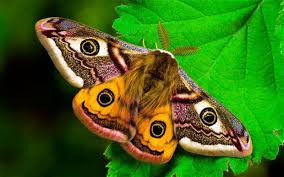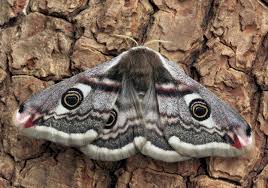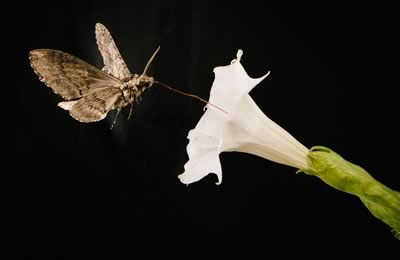
MOTHS
Moths comprise a group of insects related to butterflies, belonging to the order Lepidoptera. Most lepidopterans are moths; and there are thought to be approximately 160,000 species of moth, many of which are yet to be described. Most species of moth are nocturnal, but there are also crepuscular and diurnal species.
Arkansas has been an ideal place to see butterflies and moths largely due to our climate and weather.
Butterflies and Moths are distinguished from each other by the thousands of microscopic scales that create the color patterns on both sides of the wings. Moths have this and Butterflies do not. 134 butterfly species may be sighted in Arkansas within a year.
Butterflies and many moths are important to the food web as plant pollinators, second only to bees in effectiveness. They provide a source of protein for predators such birds and other insects and amphibians.
Although less than one percent of all insect species are considered pests, several butterfly and moth caterpillars cause millions of dollars in damage to Arkansas’s agricultural economy each year. The most notorious are the moth larvae of the corn earworm, tobacco budworm and armyworm.
For Identification and more information click here.
 Little Rock, AR 501-868-3837 | Russellville, AR 479-968-4777 | Hot Springs, AR 501-442-5653 | Fayetteville, AR 479-899-6874
Little Rock, AR 501-868-3837 | Russellville, AR 479-968-4777 | Hot Springs, AR 501-442-5653 | Fayetteville, AR 479-899-6874





